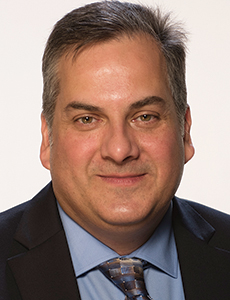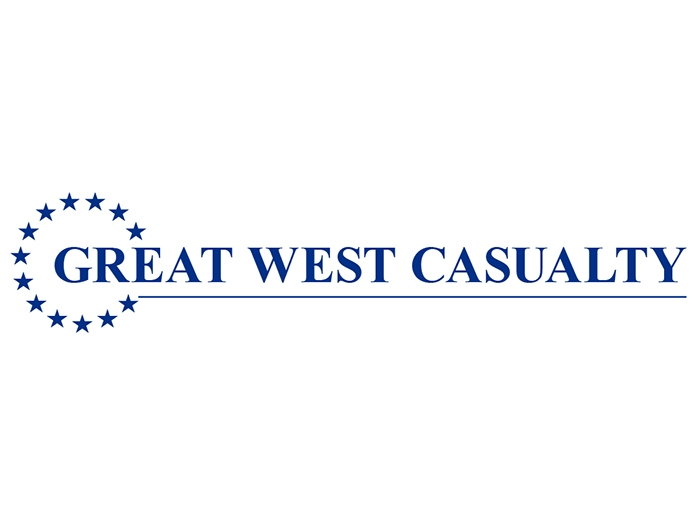2017 Risk All Star: Wallace Jones
Persistence Pays Off
Ashley Furniture was a $4 billion company when Wallace Jones came on board as director of global benefits and insurance in 2013. But its casualty insurance program was fragmented; there was no over-arching risk management strategy to unify it.
There was a lack of data around loss control and the performance of the various insurance programs.
“When I arrived, the data on our workers’ compensation program varied depending on who you asked,” Jones said. “We wanted to correct that and make sure everyone got the same data, and more frequent data.”
That data is now updated and shared once a week, while broader loss reviews take place monthly.
“Wallace understands how pieces of the puzzle fit together. He uses and understands analytics and can also explain them to his management team, which I don’t think most risk managers can do,” said Brianne Tounsley, account executive, Aon Risk Solutions.
Jones also observed an imbalance between risk retention and risk transfer.
“… As a $4 billion company, you have to consider where you can retain more of your risk,” Jones said. “I made it my mission … to educate our senior leaders on the benefits and pitfalls of paying a lot of premium to transfer a lot of risk, versus taking on more of that risk and reducing premiums.”
Improving the availability of data around program performance, increasing deductibles where appropriate, and strengthening loss control were all initiatives accomplished step-by-step. It took time to get the C-suite and finance team on board.
“I started communicating with senior management and our CEO to give them a better understanding of risk tolerance. I made sure we got the data needed to show the difference between the choices of insurance programs we had.”
Jones ultimately combined separate primary, excess and punitive damages coverage into one umbrella/excess program. He also identified the cost shifting occurring between workers’ comp and group health. In four years, the programs have transitioned to a $1 million retention for workers’ comp, general liability, and auto.
“I made it my mission … to educate our senior leaders on the benefits and pitfalls of paying a lot of premium to transfer a lot of risk, versus taking on more of that risk and reducing premiums.” — Wallace Jones, director, Global Benefits & Insurance, Ashley Furniture Industries
While exposures have increased by 27 percent to as much as 119 percent in some lines, the company’s total cost of risk has only increased by 6 percent. When compounded with exposure changes, it achieved overall pure premium reductions of 79 percent over the past three years.
“Wallace quickly moved from student to teacher in affecting some significant changes in how we look at risk and the related costs associated with premiums versus potential loss,” said Troy Muller, Vice President, Finance, Ashley Furniture Industries.
Retaining more risk necessitates a strong loss control program. Jones worked to improve the return-to-work program and give workers’ comp staff the resources to execute the program and service claims, hiring four new team members in that area.
“He’s always thinking of the long-term win, not just short-term success,” Tounsley said. &
_____________________________________________
 Risk All Stars stand out from their peers by overcoming challenges through exceptional problem solving, creativity, perseverance and passion.
Risk All Stars stand out from their peers by overcoming challenges through exceptional problem solving, creativity, perseverance and passion.
See the complete list of 2017 Risk All Stars.











